What is biphasic sleep?
From a young age, you’re told that sleeping through the night is healthy [2]! But biphasic sleep [1] is different: it means splitting your sleep into two phases.
Hence the term “segmented sleep.”
Unlike monophasic sleep, where you sleep through the night in one go, with biphasic sleep, you take two separate sleep intervals (three to four hours).
This can mean shorter sleep periods at night! With breaks in between and a nap during the day… 😴
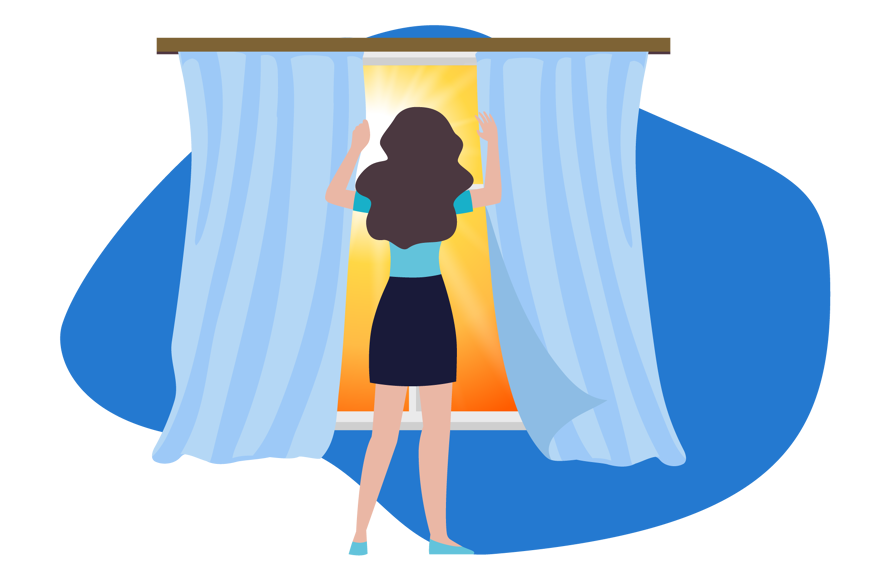
Does biphasic sleep come from the middle ages?
Yes, there is indeed evidence that biphasic sleep was common [3] in the Middle Ages.
People often slept in two phases: a longer sleep in the first half of the night, followed by a wake period and then another shorter sleep.
During this wake period, they read, prayed, or just relaxed.
Back then, there was no electric light, and people adapted their sleep to the natural day-night rhythm. [4]
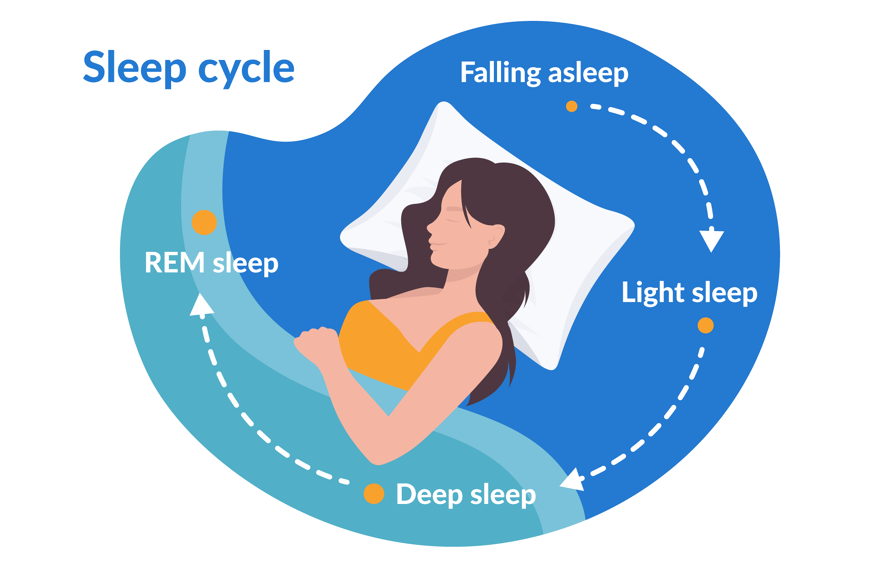
The classic biphasic sleep pattern was as follows:
- Sleep at dusk
- Wake up in the middle of the night and rest
- Sleep until sunrise
So, it’s clear: sleeping through the night is more of a modern invention.
Overview of different sleep patterns
Before we get to the overview of different sleep patterns, it’s important to mention:
You should not forcefully reduce the sleep duration you need in your daily life.
Listen to your body: some need 6 hours, others 8 hours of sleep per day.
Depending on your life situation and sleep needs, you should find your ideal sleep pattern by asking yourself these three questions:
- Does the sleep style fit my daily routine and job?
- What do I want to achieve with the sleep pattern?
- How long do I want to implement the new sleep pattern?
Now let’s take a closer look at the different patterns and what they mean:
| Sleep Pattern | Meaning | Sleep Time | Application |
| Monophasic | You sleep continuously in one long phase | 7-8 hours | 7-8 hours without interruption |
| Biphasic | Two sleep phases at different times | 6-7 hours | 3-4 hours, break, another 3-4 hours |
| Polyphasic | Multiple sleep phases | 7-7.5 hours | e.g., 5x90 minutes throughout the day |
It’s important to note that artificial light can hinder [5] the normal routine of any sleep pattern.
If you’re on your phone before bed, it will be hard to successfully adopt a new sleep pattern.
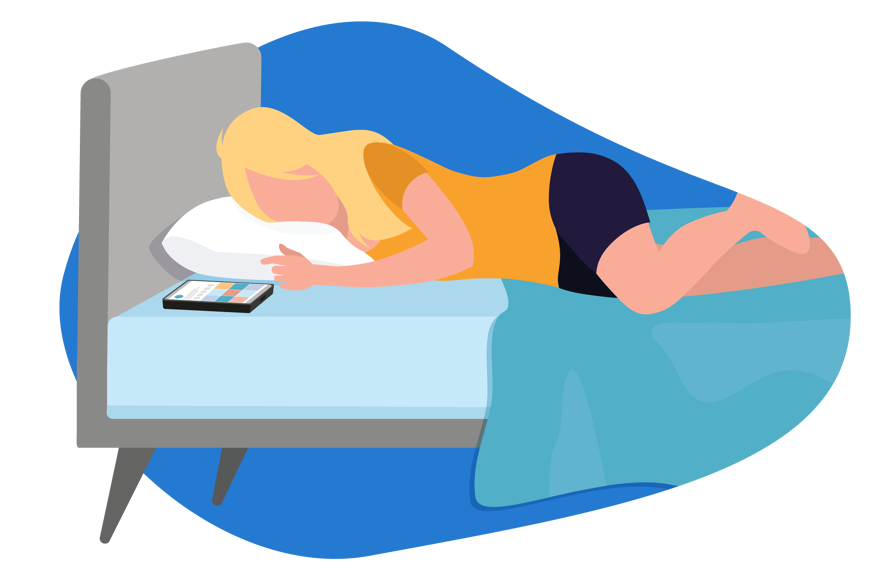
Also, for people working a 9 to 5 job, implementing a bi- or polyphasic sleep pattern can be challenging.
Be honest with yourself and your body and tailor your sleep to suit your work life.
Now, let's move from general sleep patterns to types of biphasic sleep and how you can implement them:
Types of biphasic sleep
Is there a specific biphasic sleep schedule? No, there’s no universal recipe, but we have various ways you can implement biphasic sleep. So there is more than one answer to the question: 'Biphasic Sleep - when to nap?'
4 - 6 hours of sleep and a nap
A popular model is sleeping 4 - 6 hours at night and taking a short nap during the day. This allows you to shorten your night’s sleep and still feel fresh and rested.
6 - 8 hours of sleep and a short power nap
Here, you sleep 6-8 hours at night and take a short power nap of 20-30 minutes in the afternoon.
This small sleep boost can significantly enhance your performance without drastically shortening your night’s sleep.
2x 4 hours of sleep with a short break
This variant resembles historical biphasic sleep. You sleep twice about 4 hours with a short break of 1-2 hours in between.
Perfect for waking up at night, reading a bit, or just relaxing.
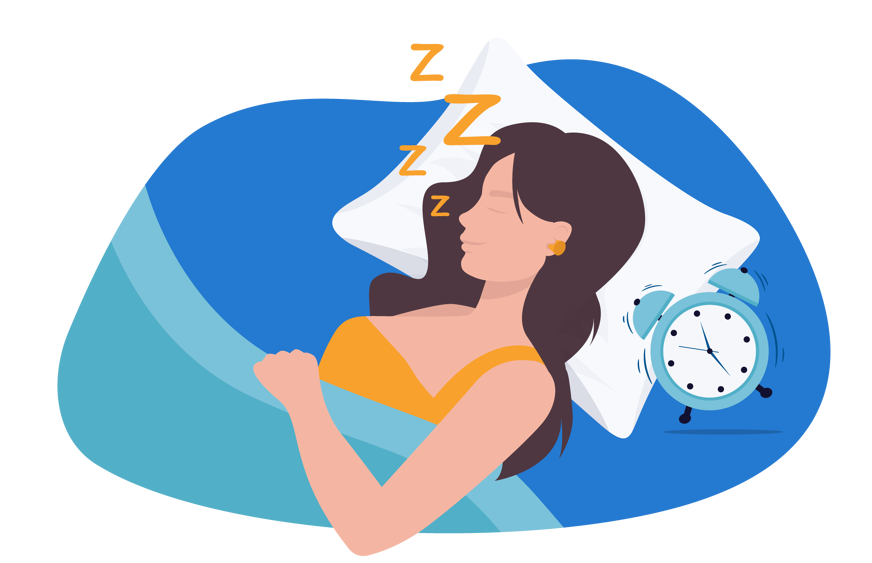
Who is biphasic sleep suitable for?
This sleep pattern is for those who want to shorten their sleep time a bit and make the most of their day.
Biphasic sleep is generally suitable for people who can get by with relatively little sleep. You’ll notice this if you already feel fit and rested after 5-6 hours of sleep.
Then a biphasic sleep pattern might be right for you.
How common is biphasic sleep?
Today, biphasic sleep is less common than it used to be, but many people worldwide still practise this pattern.
Especially in southern European countries, the afternoon nap, also called Siesta, is an integral part of daily life.
Shift workers or people with flexible schedules also often adopt biphasic sleep.
According to a study [6], up to 60 percent of respondents sleep in the biphasic sleep pattern.
Conclusion
Biphasic sleep is an exciting alternative to traditional sleep patterns. It offers flexibility and can be particularly beneficial in stressful times or with irregular work hours.
Whether this sleep rhythm suits you depends on your individual needs and your chronotype.
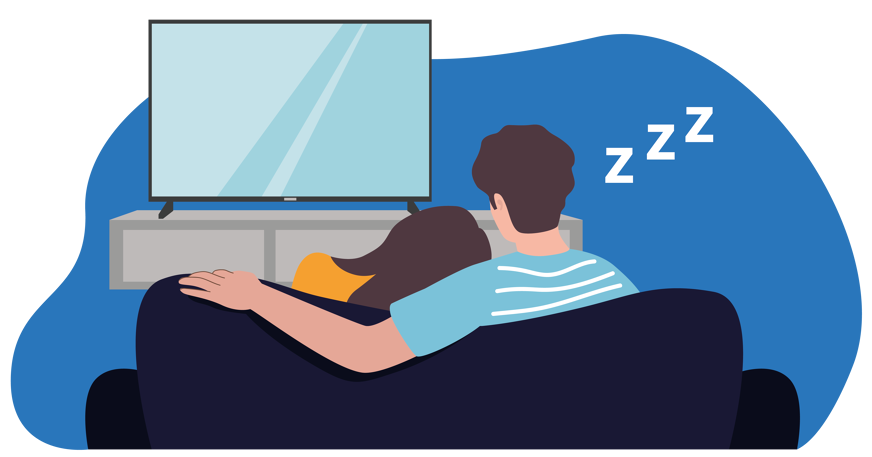


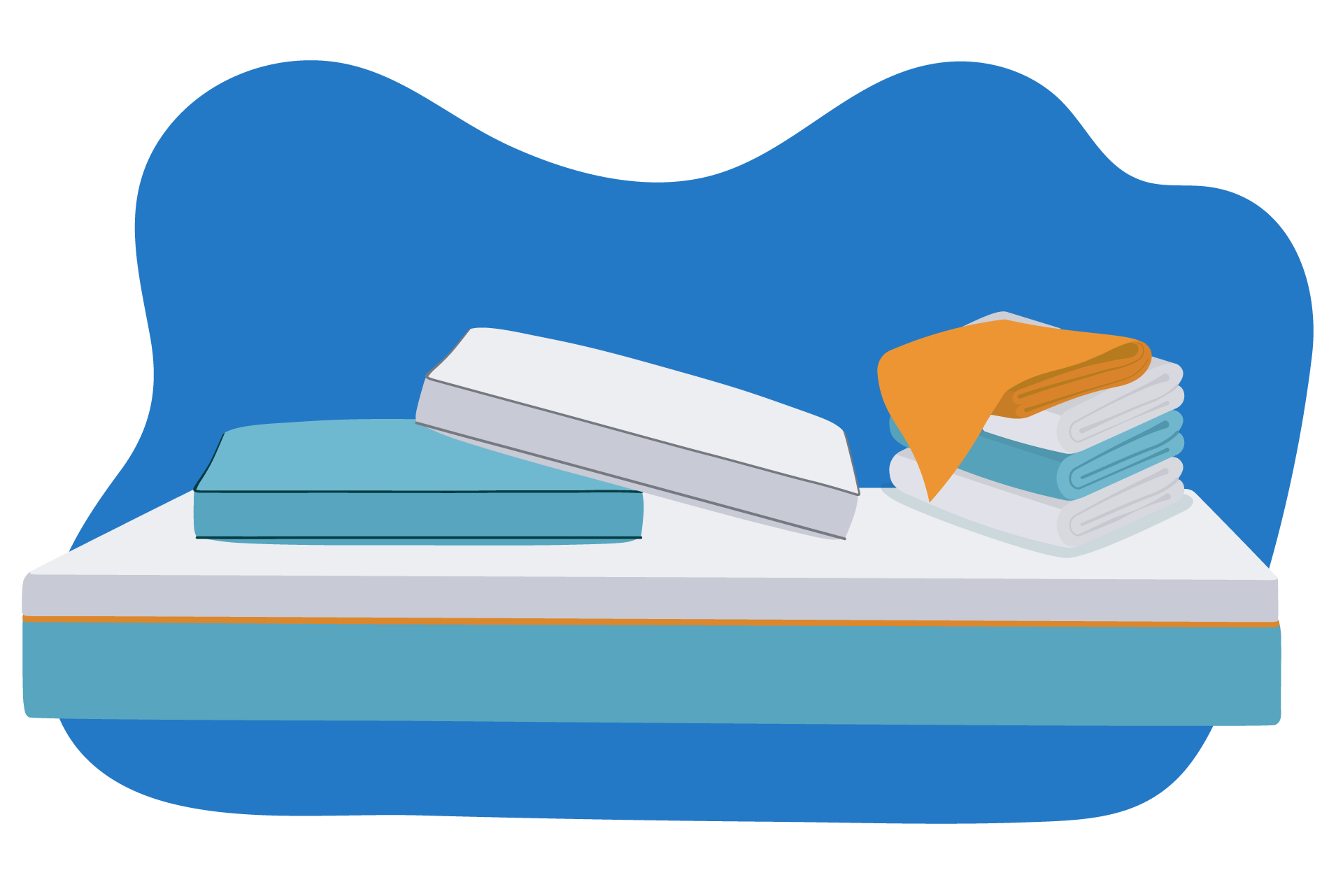

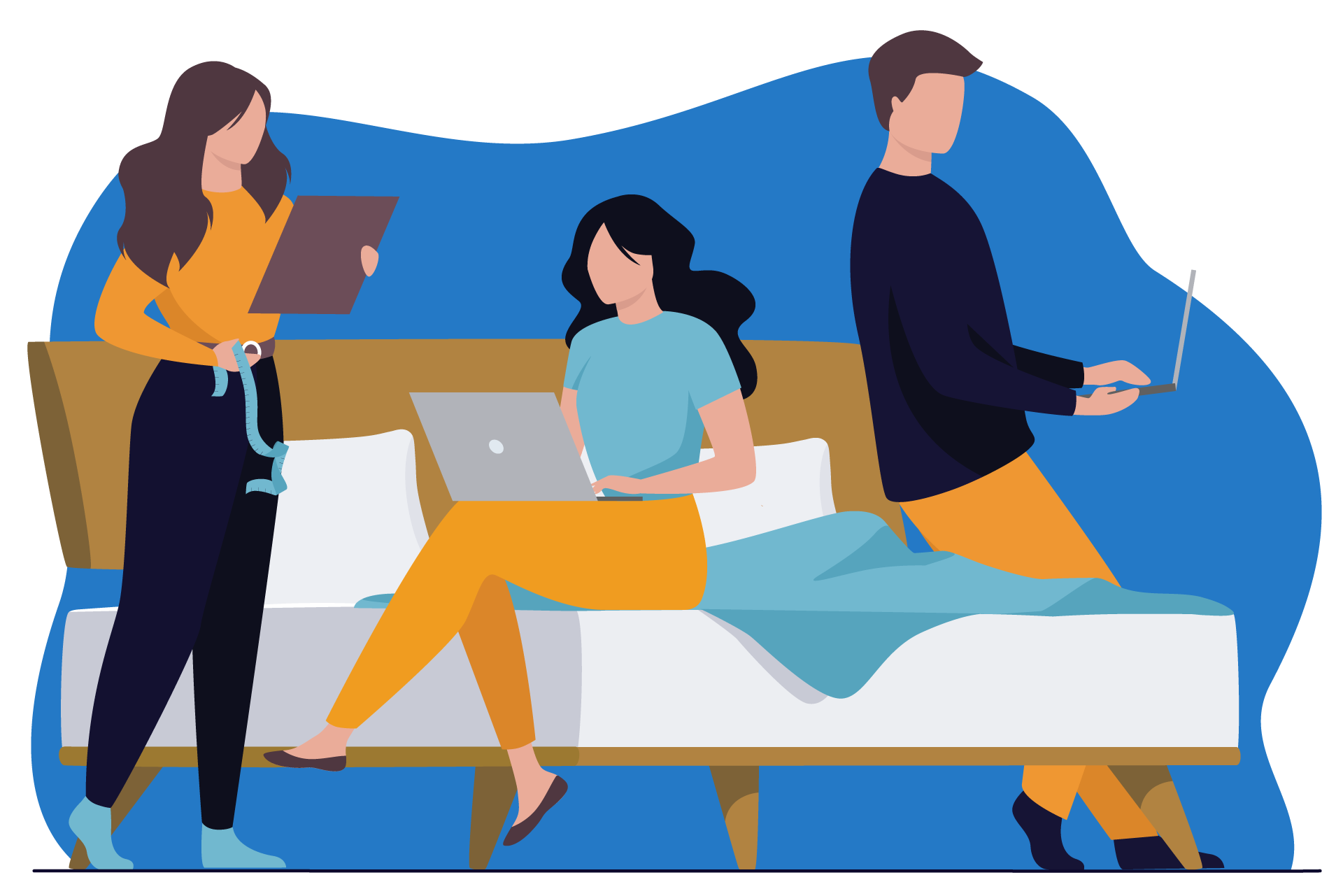
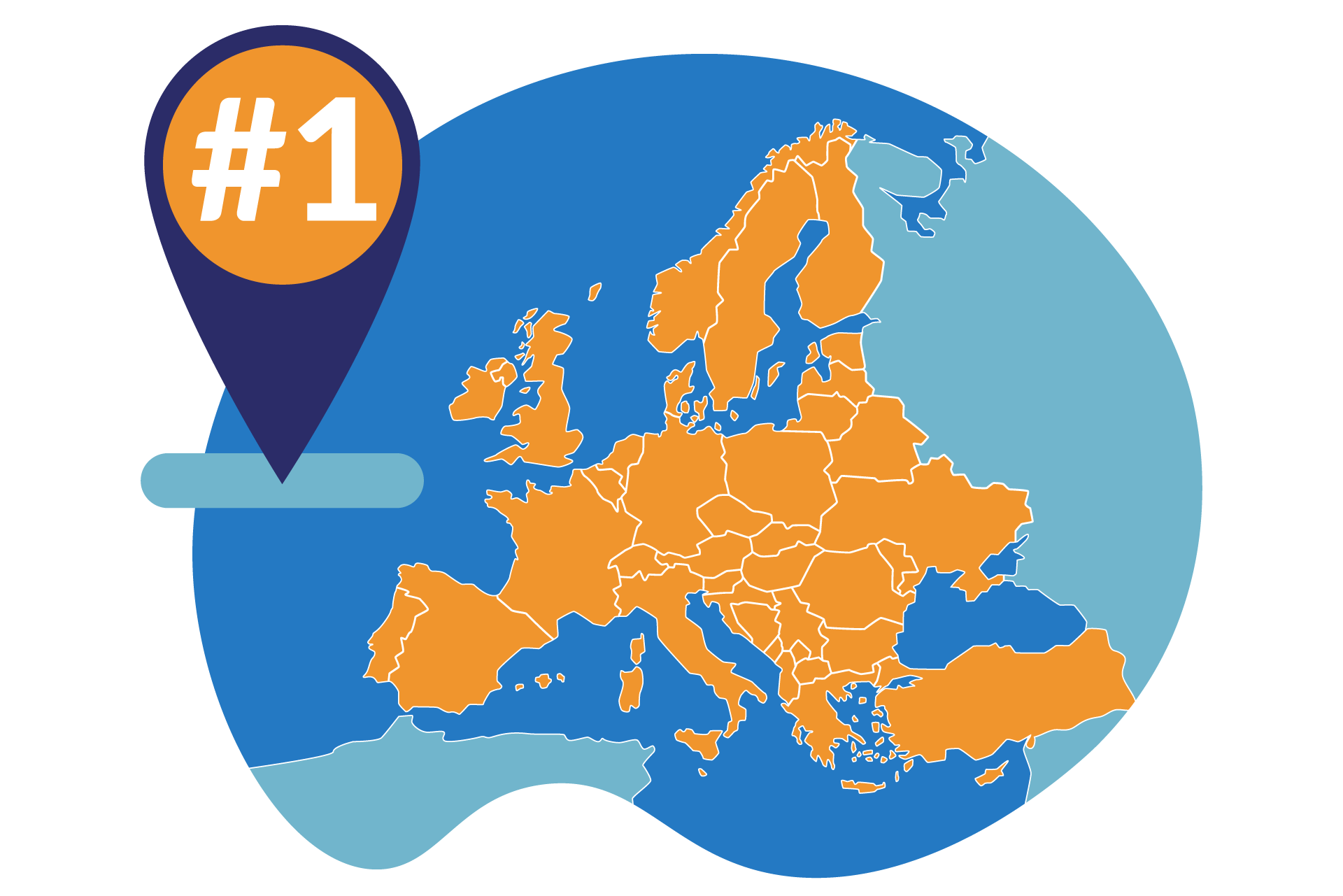

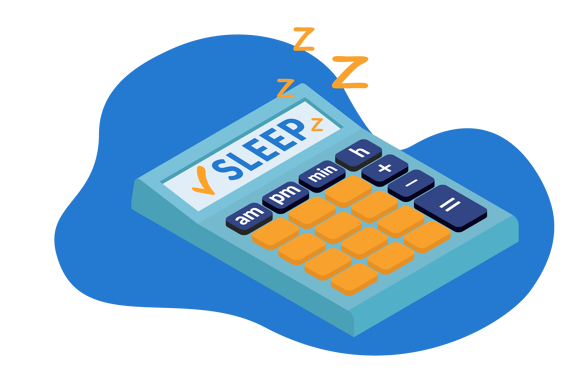
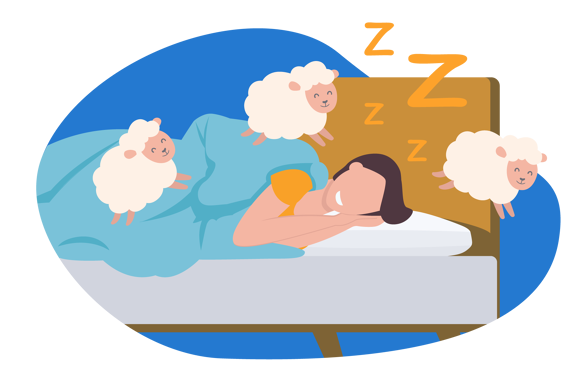
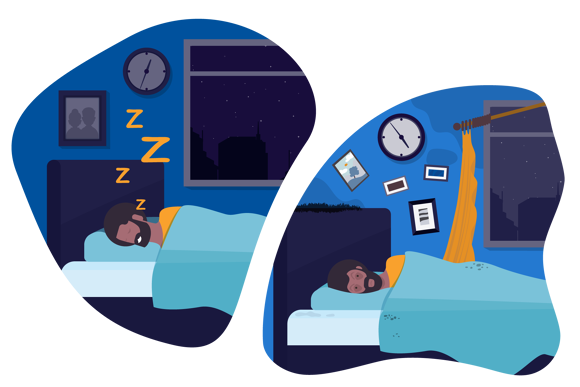


Alternatively, message us directly via the Contact Us page.